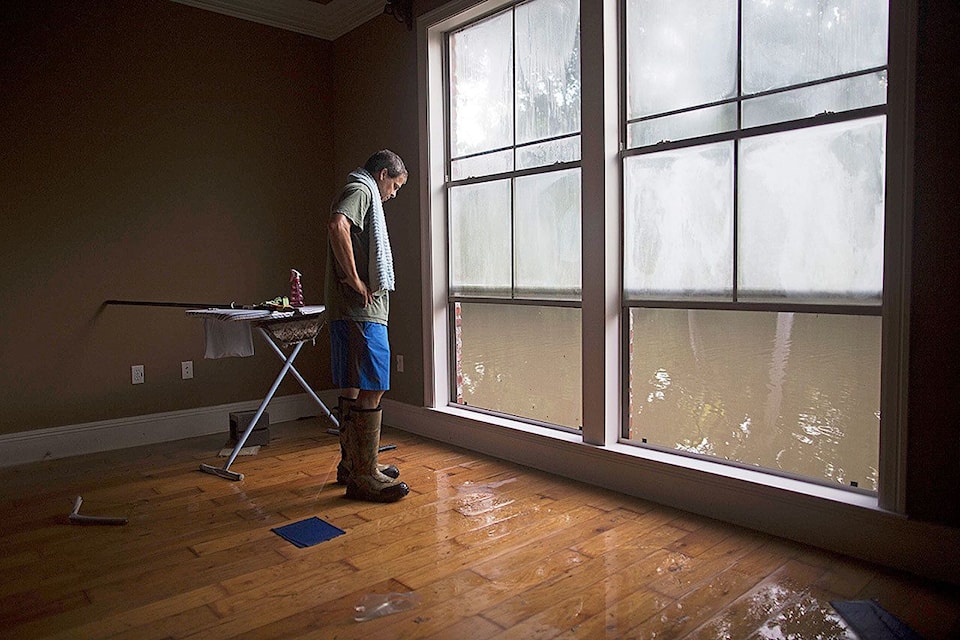As heavy showers and snowmelt runoff from the mountains, creeks and storm system drainage are overflowing across the Okanagan, Similkameen and Thompson valleys, Lower Mainland residents should be prepared that the same situation could become a reality in this region as well.
“Even though the threat doesn’t seem as alarming in the Lower Mainland, we’re still at risk for flood damage this time of year,” says Raji Sawa, Insurance Services Manager at Envision Insurance, a division of First West Insurance Services Ltd.
A recent study indicates that homeowners across Canada aren’t aware of the risks they face. Waterloo University in Ontario recently surveyed 2,300 Canadians and found less than 30 per cent are taking actions to protect their property from flooding.
As experts issue more frequent and urgent warnings about the increasing flood risks due to climate change, this lack of awareness is concerning.
“B.C.’s Disaster Financial Assistance Program will only provide financial assistance to those impacted by a disaster who were uninsurable,” says Sawa.
The good news is that you can now get insurance protection to recover most losses from this type of water damage.
“Up until last year, home insurance policies included flood damage as it related to floods originating within your home such as pipe leaks and appliance malfunctions, not from water entering from the outside of your home,” says Sawa. “But since 2016, you can get overland water coverage for residential properties, which ensures homeowners are insured for overland flooding—such as we’re seeing right now in B.C.’s interior.”
Overland water flooding occurs when a body of water such as a river, lake or ditch overflows onto dry land and causes damage. Overland water flooding can also occur from a heavy rainfall or a large amount of melting snow. Such flooding leaves homes at risk for water damage as water enters the home, most commonly through doors and windows.
“The threat of water entering your home from a point at or above ground level is definitely a possibility, especially at this time of year,” says Sawa. “Although this coverage could result in an increase to your annual home insurance premium, homeowners need to understand the substantially better protection it provides.
While insurance is a way to recover costs in the event that overland flood damage occurs, there are also ways to help protect your property before it happens.
Flood damage prevention tips
· Clear drains, gutters and downspouts of debris
· Move furniture, electronics and sentimental items out of basements or elevate them off the floor
· Ensure the ground slopes away from the house
· Ensure downspouts are disconnected from the storm sewer system
· Install a sump pump and pit to collect storm water, and a backwater valve to stop sewage from coming in
· Seasonally inspect and maintain sump pumps, floor drains and backwater valve
· Discard grease and oil in the garbage instead of flushing them down drains, where they can solidify
“Given that the Waterloo University study found Canadians personally bear roughly $600 million in flood-related losses every year, it is imperative for homeowners to speak to their local insurance expert to understand what their current policy covers to avoid being under-insured in the event of a flood-related claim,” says Sawa.
